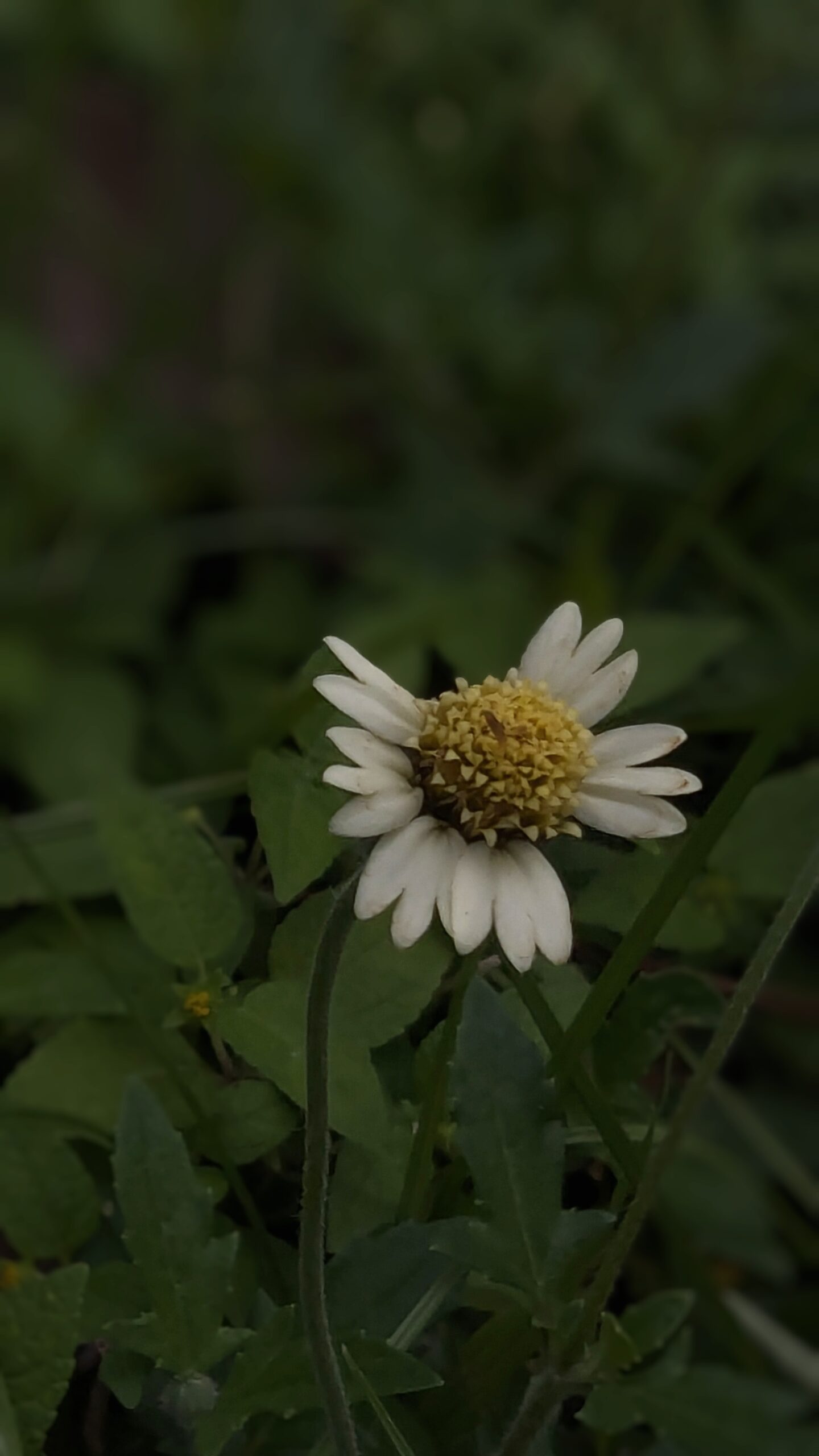Often mistaken for a rogue dandelion with commitment issues, this little sunshine-hued trooper gets a bad rap. Relegated to the status of “lawn invader” by manicured green thumbs, the coat buttons flower is, well, an absolute beauty in my eyes. It may not be everyone’s cup of tea (or chamomile, in this case!), but for me, it’s the underdog of the floral world. While it lacks the flamboyant theatrics of a peony or the aristocratic aloofness of an orchid, it thrives in the cracks of forgotten flowerbeds, a testament to its “can-do” spirit. It’s like a tiny floral guerrilla gardener, throwing its tiny yellow and white head held high even when life throws shade (pun intended).
Imagine this little trooper’s incredible journey. Likely hailing from the balmy jungles of tropical America, it somehow managed to buttonhole its way across continents. Perhaps it clung to the clothes of adventurous explorers, snuck aboard ships carrying exotic cargo, or hitched a ride on a migrating bird’s leg. Wherever it came from, the coat buttons flower has become a citizen of the world, popping up in gardens from Singapore to Seattle, a testament to its remarkable adaptability.
But the coat buttons flower’s story goes beyond its impressive travelogue. In different cultures, it goes by a surprising number of names. The straightforward “tridax daisy” is a far cry from the evocative “jayanti veda” – Sanskrit for “victorious knowledge”. Could these names hold a key to the flower’s hidden potential? Perhaps in some faraway land, it’s revered for its medicinal properties, or maybe it symbolises something precious – like resilience or unexpected joy. The mystery deepened, urging me to dive deeper into the world of this unassuming bloom. Turns out, looks can be deceiving, and the coat buttons flower is a prime example. It belongs to the Asteraceae family and is an Ayur- vedic herb of Asia with a history of traditional use. Coat buttons have been used since ancient times to treat wounds and skin diseases, and leaf extract promotes blood coagulation.
Perhaps, in its own unassuming way, the coat buttons flower embodies the very essence of “victorious knowledge” – the knowledge to appreciate the resilience and beauty that surrounds us, even in the form of a tiny floral rebel.
